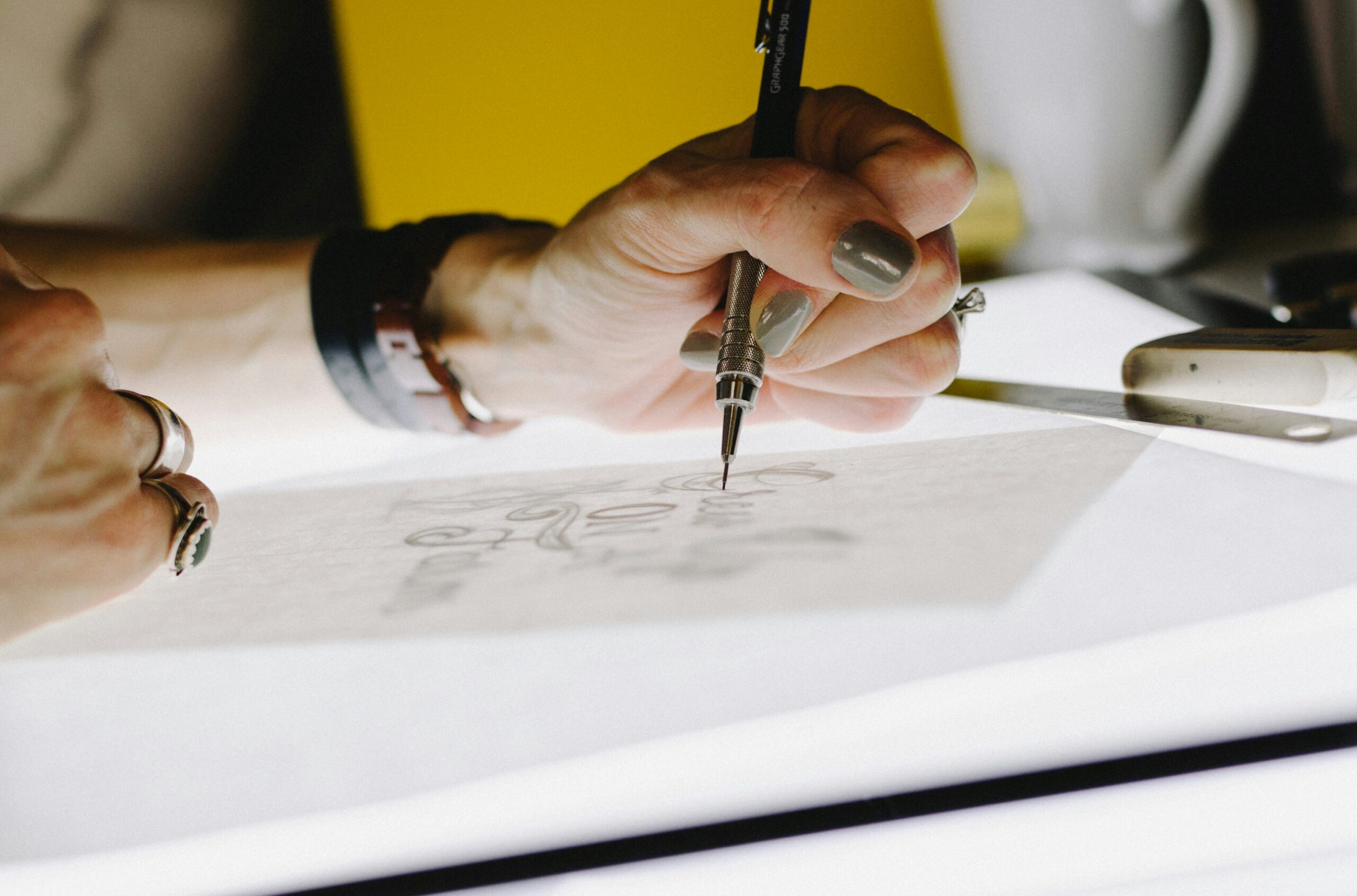
The journey of transforming a mere concept into a tangible and functional watch is an exquisite embodiment of art, science, and engineering, melding these disciplines into a cohesive and intricate design process. This process is fascinating and complex, involving numerous meticulous steps that demand high precision, boundless creativity, and a profound understanding of mechanics and aesthetics. Our detailed exploration in this article delves into the various stages of watch design, each stage highlighting the significant innovation and expertise required to bring these exquisite timepieces to life. We aim to uncover and elucidate the nuances and complexities involved in watchmaking, demonstrating how each phase contributes to creating timepieces that are functional and masterpieces of artistic and engineering innovation. From Concept to Creation: The Intricate Art of Designing Watches.
Ideation and Conceptualization
The design process begins with ideation, where watchmakers and designers brainstorm to conceptualize a new timepiece. This stage is crucial as it directs all subsequent design decisions. Inspiration might come from various sources such as historical timepieces, architectural styles, or even abstract concepts like the notion of time itself.
During this phase, designers sketch preliminary ideas, often using digital tools to refine concepts and experiment with different aesthetics. The goal is to merge functionality with style, ensuring that the watch looks appealing and effectively serves its purpose.
Design Refinement and Prototyping
Once the initial concept is in place, the design team will refine these ideas. This involves detailed sketches and computer-aided design (CAD) models, which allow the designers to visualize the watch in three dimensions and make precise adjustments. Material selection is also critical at this stage, as it affects the watch’s appearance and functionality.
Prototyping follows the design refinement. The design team creates a physical watch model using rapid prototyping techniques such as 3D printing. This prototype is essential for evaluating the design’s feasibility and aesthetics. It also allows the designers to test how the watch feels on the wrist and make necessary modifications before finalizing the design.
Engineering and Technical Development
With a viable prototype, the process transitions to the engineering phase, where mechanical engineers and watchmakers collaborate to develop the internal workings of the watch. This includes the movement, which is the watch’s heart and dictates its accuracy and reliability.
Technical development may involve creating custom components and intricate mechanisms, mainly if the watch features complications like a chronograph, moon phase, or perpetual calendar. Each element requires meticulous planning and testing to ensure perfect integration and performance.
Testing and Quality Assurance
Quality assurance is integral to the watchmaking process. Each watch undergoes rigorous testing to meet strict durability, accuracy, and water resistance standards. Common tests include temperature resistance, humidity, and stress tests that simulate years of wear and tear within a short period.
This stage is critical to guarantee that the watches perform well under all conditions and maintain their precision over time. The watch moves to the final production stage only after passing all quality checks.
Assembly and Finishing
The assembly of a watch is a labor-intensive process that blends traditional craftsmanship with modern technology. Skilled artisans, known as watchmakers, meticulously assemble the tiny components, some barely visible to the naked eye. This requires exceptional skill and patience, as even a minor error can affect the watch’s functionality.
The final step in the watchmaking process is finishing, including polishing, engraving, and other decorative techniques. Finishing enhances the watch’s appearance and protects it from environmental factors, ensuring it remains a lasting piece of art.
From the initial spark of an idea to the meticulous execution of the final creation, designing a watch is a profound testament to the remarkable synergy between boundless creativity and precise technical expertise. This intricate process embodies a deep-seated passion for excellence and precision, culminating in producing timepieces that transcend their essential functional roles. Instead, these watches emerge as valid expressions of art and innovation, encapsulating the essence of their creators’ artistic vision and technical prowess. Each timepiece represents a unique blend of tradition and forward-thinking, appealing as practical tools and iconic pieces of modern craftsmanship.